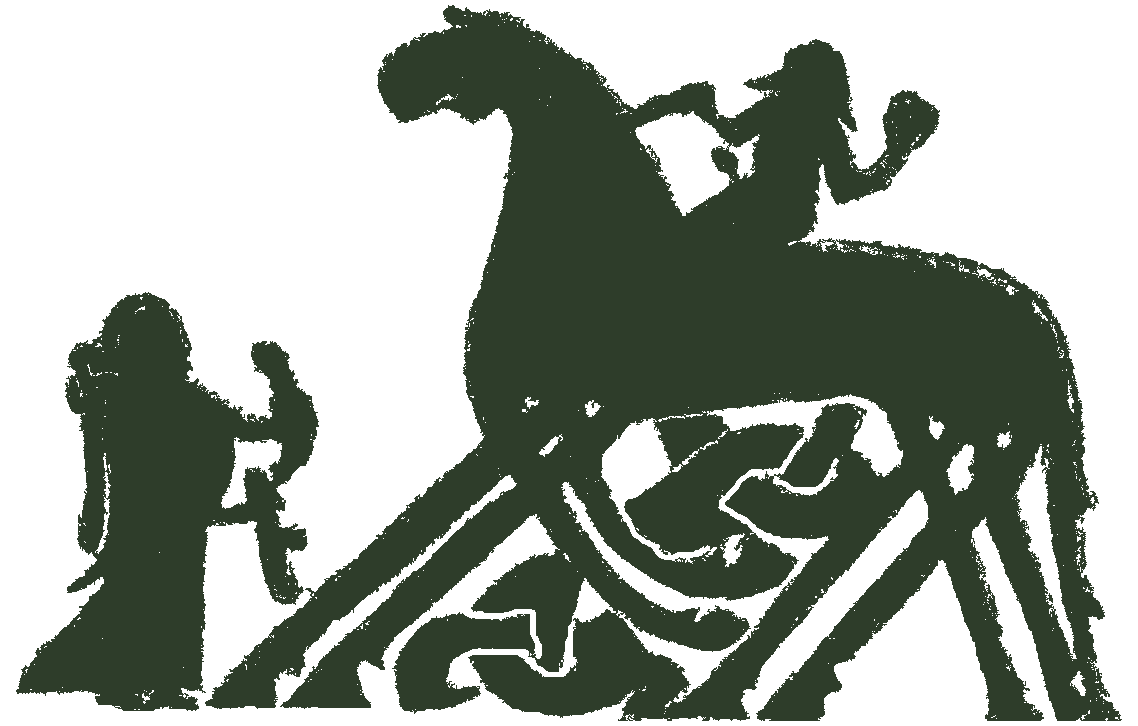in progress
Mentions of Nanna in Skaldskáparmál.
text
Skm ch. 1b
1b.
Þá gengu æsir at gildi sínu, ... | Then the æsir instituted thei... |
[status: unverified copy]
Skm ch. 12b
12b. Nanna
Hvernig skal kenna Baldr? Svá... | How shall Baldr be referred ... |
[status: unverified copy]
Skm ch. 27b
27b. Frigg
Hvernig skal kenna Frigg? S... | How shall Frigg be referred t... |
[status: unverified copy]
commentary
context
Skáldskaparmál, which is part of Snorra Edda, was composed in Iceland in the 13th century, and holds the stories of many of the Pre-Christian myths of northern Europe. It is believe to have been composed by the Icelander Snorri Sturlusson. Snorra Edda consists of three separate parts, Gylfaginning, Skaldskápamáland Háttatal, all functioning together as a greater work and guide for the aspiring medieval poet and storyteller.
commentary
According to Snorri, Nanna is Baldr´s wife and together they have the son Forseti. Not much is known beyond this. She is depicted as the grieving wife at the death of her husband in Gylfaginning and mentioned among the Ásynjur in Skáldskaparmál. Saxo however names Höðr as her husband, Baldr‘s brother who is the cause of his death.
For more, see:
Simek, Rudolf (2007), Transl: Angela Hall. Dictionary of Northern Mythology. Cambridge: D.S. Brewer. pp. 227
Steinsland, Gro (2005), Norrøn Religion. Myter, Riter, Samfunn. Oslo: Pax Forlag. pp. 208-218
(Contributed by Liv Marit Aurdal.)
tags
Main text: Skáldskaparmál
Attributes: Feast Goddess Æsir Marriage
Named things:
Text sections: SnSt, Skm ch. 12b SnSt, Skm ch. 1b SnSt, Skm ch. 27b
